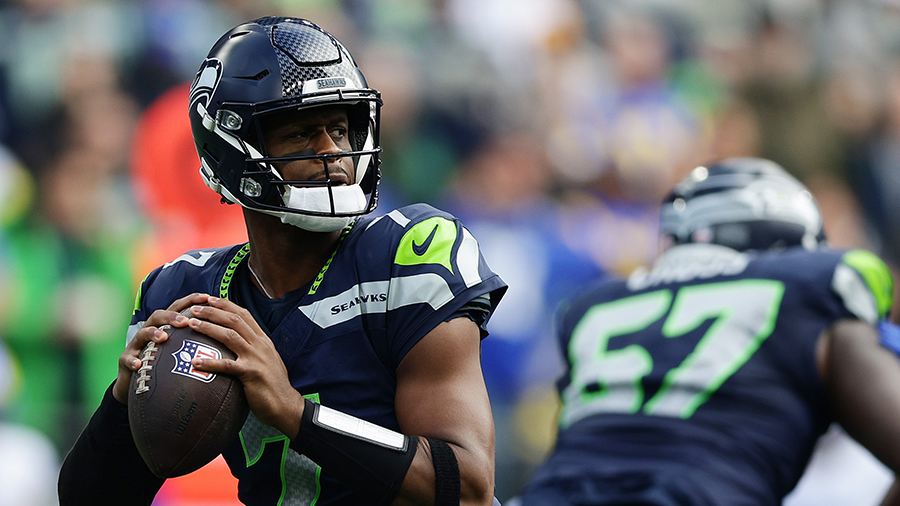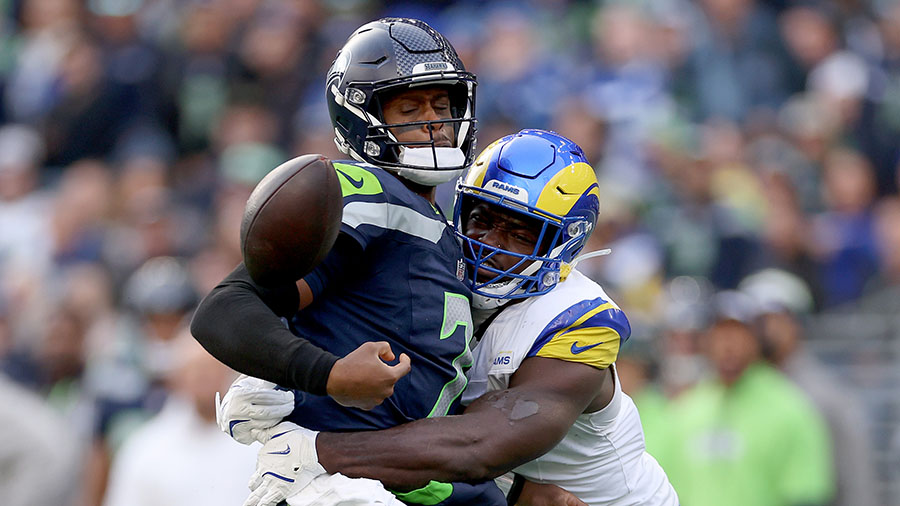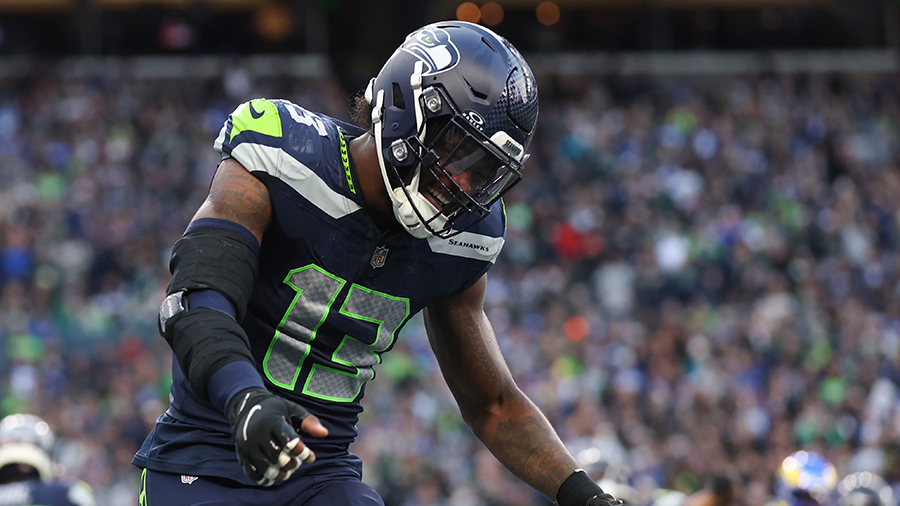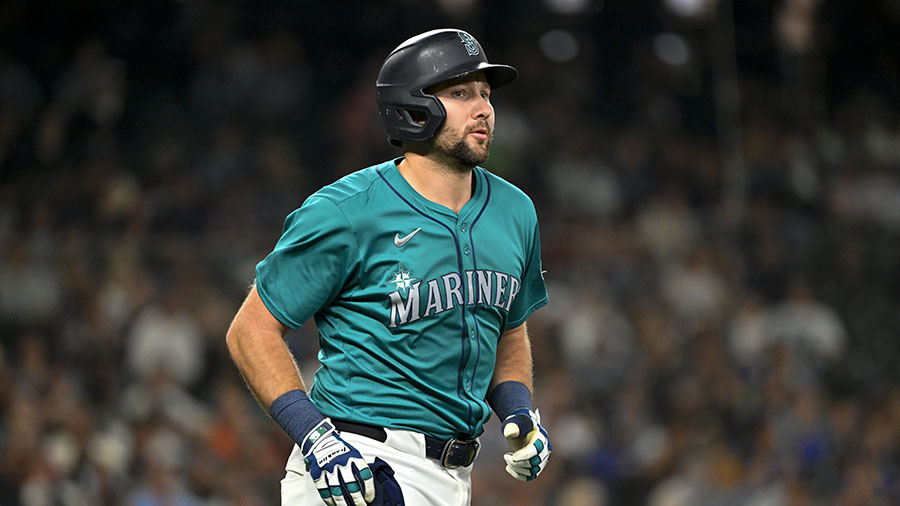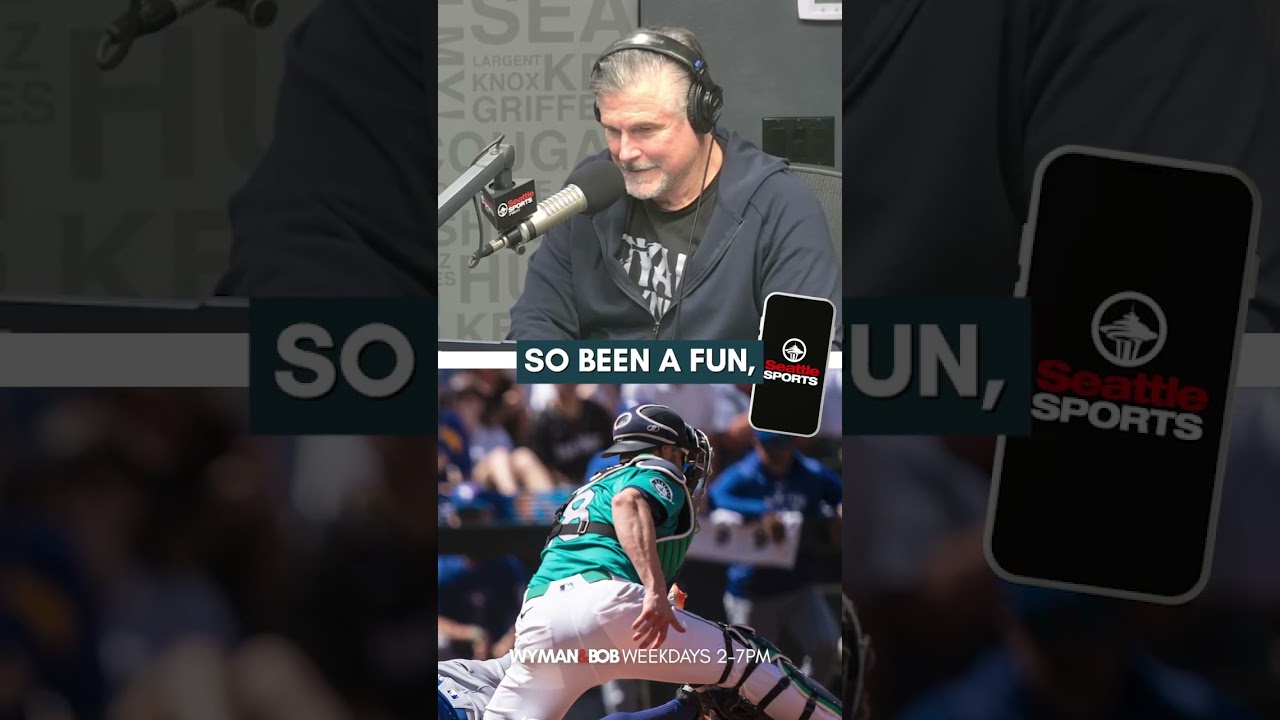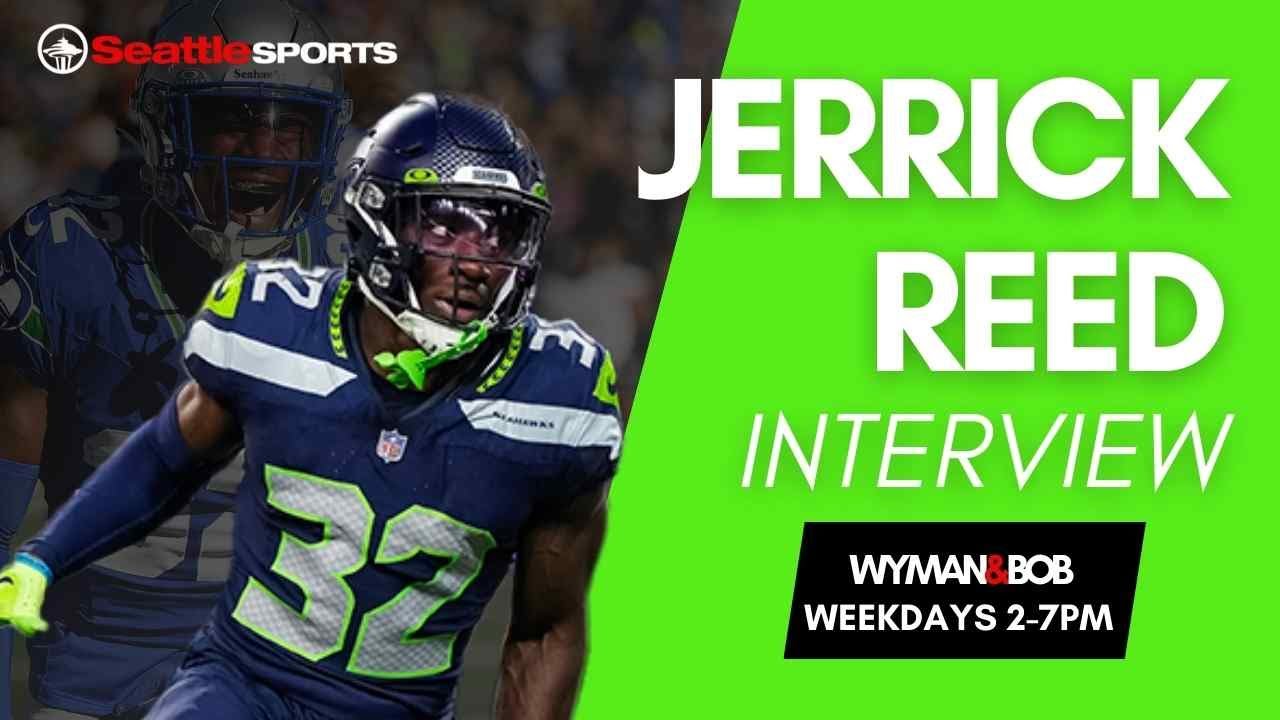Morosi: Mariners need to make uncomfortable decisions this offseason
Sep 5, 2024, 1:46 PM | Updated: 1:48 pm
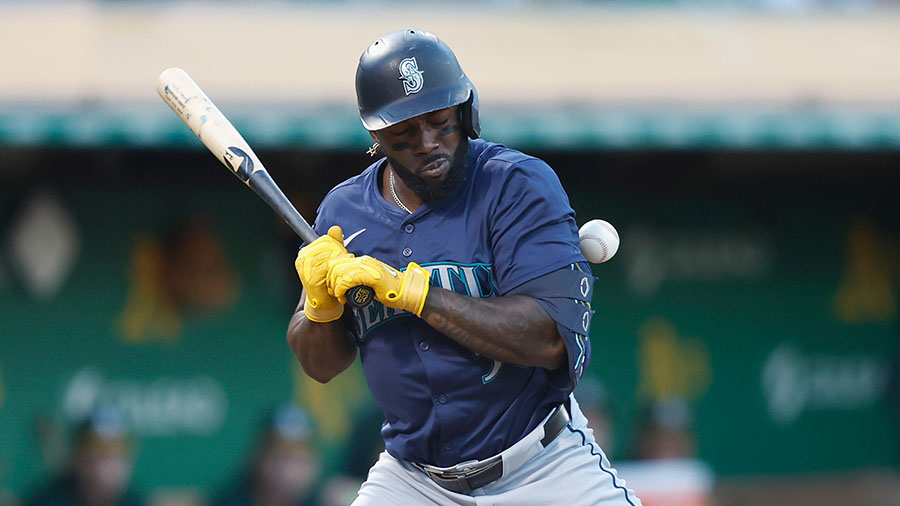
Randy Arozarena of the Seattle Mariners is hit by a pitch during a 2024 game. (Lachlan Cunningham/Getty Images)
(Lachlan Cunningham/Getty Images)
There was a point and time this season when the Seattle Mariners appeared to be well on there way to a playoff berth and their first American League West title in 23 years, but much has changed over the course of the summer.
Salk: The 3 things Seattle Mariners need to prioritize to fix their offense
After leading the division by as many as 10 games in June, the Mariners are desperately clinging on to the small shred that’s left of their playoff hopes in the season’s final month. They entered Thursday 5 1/2 games behind Houston for first place in the AL West and Minnesota and Kansas City for the second and third AL wild card berths. With just 22 games remaining, Seattle would need a miraculous comeback to reach to the playoffs in 2024, which means it’s likely time to start looking at what changes could be made this offseason to push the M’s over the hump.
This offseason will be an important one for Seattle. It will also likely be a difficult one, according to MLB Network insider Jon Morosi. He shared his thoughts on the current state of the Mariners when he joined Seattle Sports’ Wyman and Bob for his weekly conversation about the M’s and more.
“It’s becoming increasingly clear that the only path for them to win is to make a move they do not want to make, which is trading (Bryce) Miller, (Bryan) Woo, maybe (Logan) Gilbert, or spending a ton of money (in free agency),” Morosi said. “I see very few other viable paths for them to be a meaningfully better team than Houston a year from now.”
Failing philosophy
The crux of the Mariners’ downfall this season has been the continued struggles of an anemic offense that was branded as a retooled unit with a focus on making more contact, but turned out to be the worst at production (and making contact) since Seattle’s window of contention opened following a surprise 90-win 2021 campaign.
Seattle is last in the league in batting average (.217) and strikeout rate (27.4%), as well as 29th in slugging (.365), which ranks ahead of only the historically awful Chicago White Sox.
The Mariners looked to address the problems on offense at the trade deadline, adding outfielder Randy Arozarena and first baseman Justin Turner to bolster the lineup. After a couple of decent showings by the offense following the trades, the team reverted back to its usual self.
It all eventually resulted in manager Scott Servais and hitting coach Jarret DeHart being let go two weeks ago, and Dan Wilson and Edgar Martinez coming in to fill the respective positions. But those changes also haven’t seemed to make a difference.
“If you’re looking at it in a purely scientific sense here and you’ve already changed the hitting coach, you’ve changed the manager, you changed the number of the players at the deadline and the results haven’t changed, I think a lot of it is perhaps the core of this team, the hitting philosophies that have certainly not (worked),” Morosi said.
Morosi pointed out that the Mariners’ overall hitting philosophy isn’t unique from the rest of the league, but it may not be instructed in the best ways throughout the organization.
“To be fair, there are a lot of teams that have gone through similar stretches,” Morosi said. “Very few of these teams, if any, have the level of pitching the Mariners have. And so therefore, for very few teams, if any, it is as painful as it is for the Mariners this season to have a season of this excellent pitching go to waste. But I do think this needs to be a very, very detailed look at this team in the offseason to say which players can we have as part of the solution and which need to be changed.”
The T-Mobile Park factor
There’s no secret that the Mariners find themselves at a disadvantage when it comes to adding bats through free agency. Seattle already has the difficult sell of having more travel throughout the season than any other team based on its location, and that gets compounded by the pitcher-friendly confines of T-Mobile Park being near the bottom of the list of desirable home stadiums for hitters.
“You are not going to get a player who is in the prime of everything and just be able to get him even dollar with everybody else and convince him to come to Seattle, because they know it’s not the most offensive of parks,” Morosi said.
Morosi used Baltimore outfielder Anthony Santander as an example. The switch-hitting slugger becomes a free agent this offseason and is having a career year with 39 home runs and an .831 OPS. Spotrac projects Santander getting a five-year deal worth $90 million, but the numbers Morosi threw out for a potential deal with the M’s were six years and $130-140 million.
“I think that you’re going to have to either overpay for him, or you have to think about potentially moving one of the pitchers that you don’t want to trade,” Morosi said. “That’s really it.”
T-Mobile Park has been the most pitcher-friendly ballpark by a pretty wide margin over the past three seasons, according to Baseball Savant. But that has also coincided with the Mariners having one of the league’s most talented pitching staffs.
“This is where it’s like a riddle wrapped in an enigma because a big part of that is, when you think about overall park factors, the Seattle pitchers are shutting everybody down,” Morosi said. “So what is it here? Is it that the Seattle pitchers are that great? Or the Seattle hitters are that inept?”
The dreaded marine layer has been pointed out as a contributing factor to T-Mobile Park’s negative effect on hitting many times, and the uneven batter’s eye has more recently been a topic of conversation. Former Mariner Teoscar Hernández attributed his struggles at home last season to a crooked batter’s box, which could be a result of the batter’s eye. That is something the Mariners could presumably fix in the offseason.
“Houston did that years ago. There used to be Tal’s Hill in center field, and now Houston’s got one of the best batter’s eyes in in all of Major League Baseball,” Morosi said. “You’ve seen the offensive production go up as maybe part of that. There are certainly some other reasons why Houston has some very good offensive numbers at different times.
“I do think when you look at it in a real critical sense, the Mariners have to acknowledge (if) there some things about the ballpark itself that you might be able to change a little bit,” he added. “But if you can’t make big changes – and I don’t think you really can – to the stadium itself or the batter’s eye, you need to look at a ballclub that is made up of different types of offensive players.”
Listen to the full conversation with MLB Network insider Jon Morosi at this link or in the audio player near the top of this story. Tune in to Wyman and Bob weekdays from 2-6 p.m. or find the podcast on the Seattle Sports app.
More on the Seattle Mariners
• The numbers behind the Seattle Mariners’ two-month slide
• Bowden: Why Mariners’ manager switch needed to be made
• Edgar Martinez has high hopes for Julio in final month
• How Edgar thinks he can help Mariners in new era of MLB hitting
• Seattle Mariners’ offseason is an ‘easy fix’ according to former MLB GM





